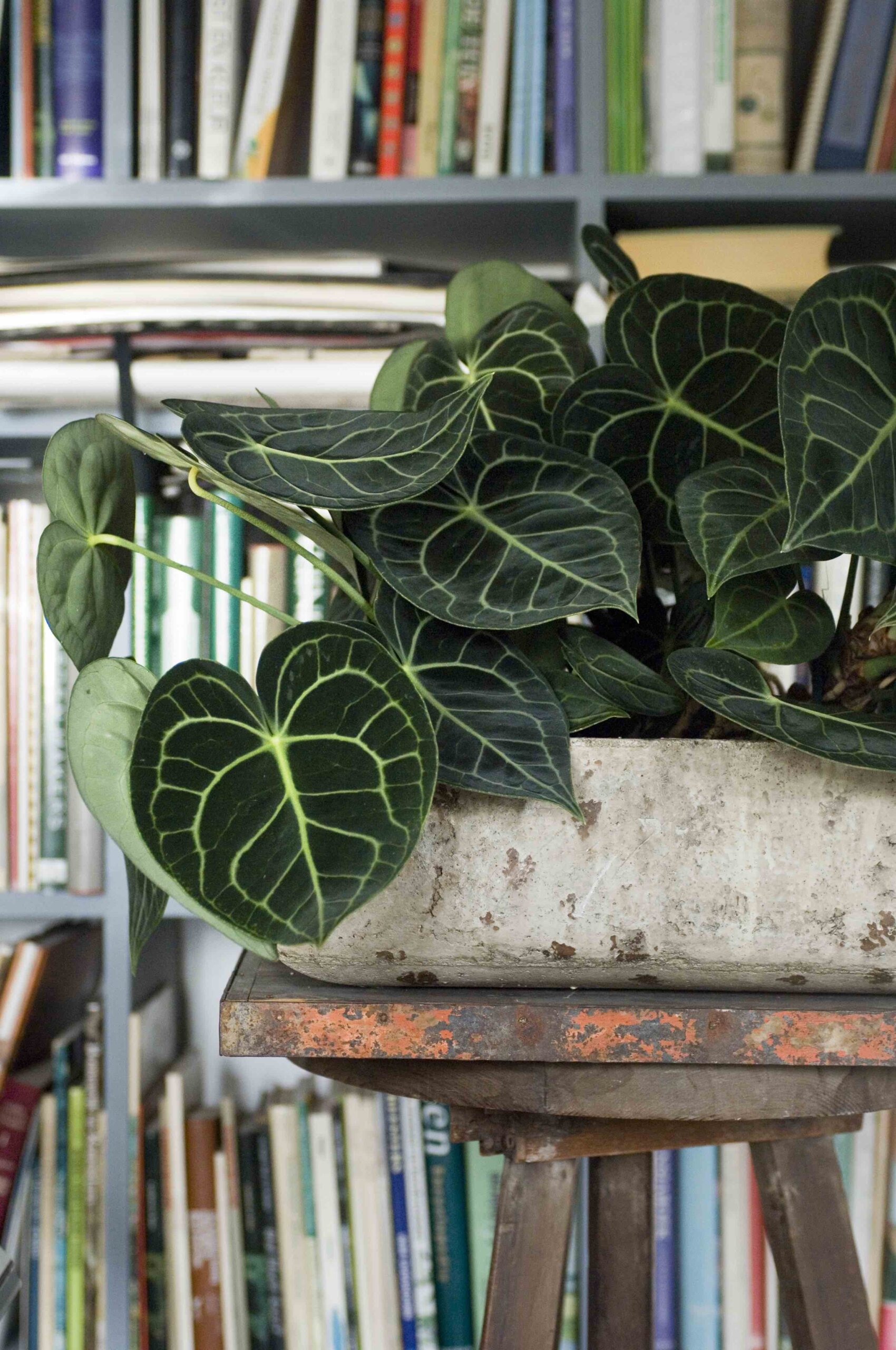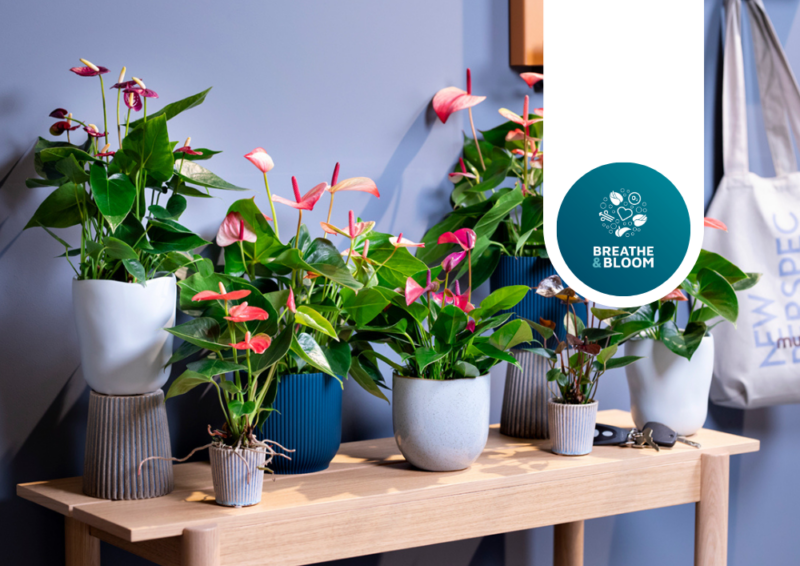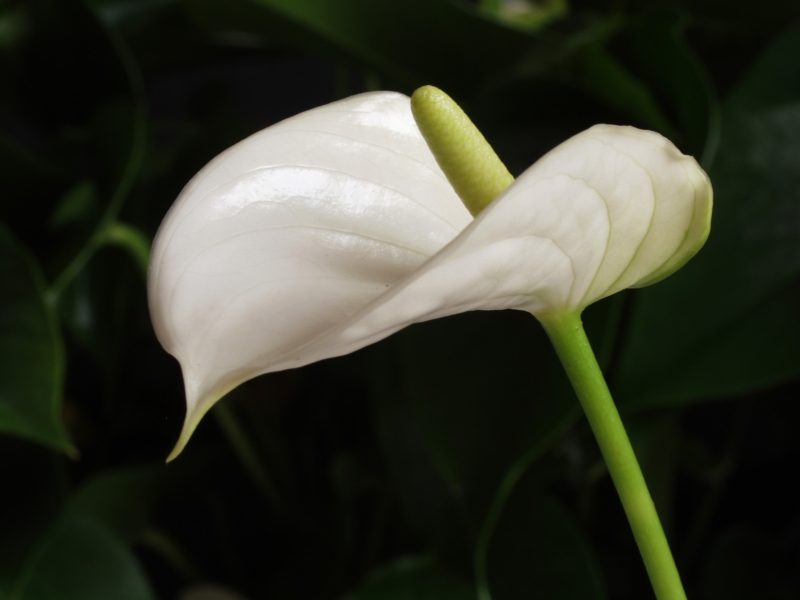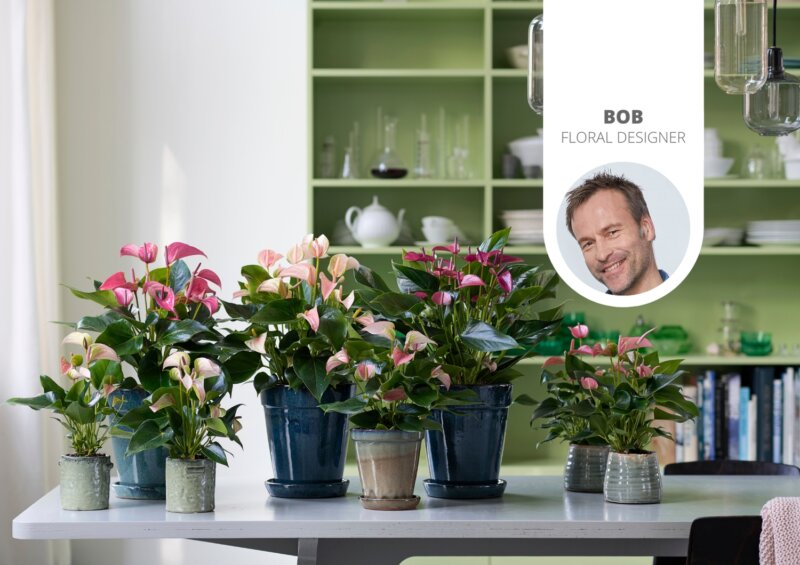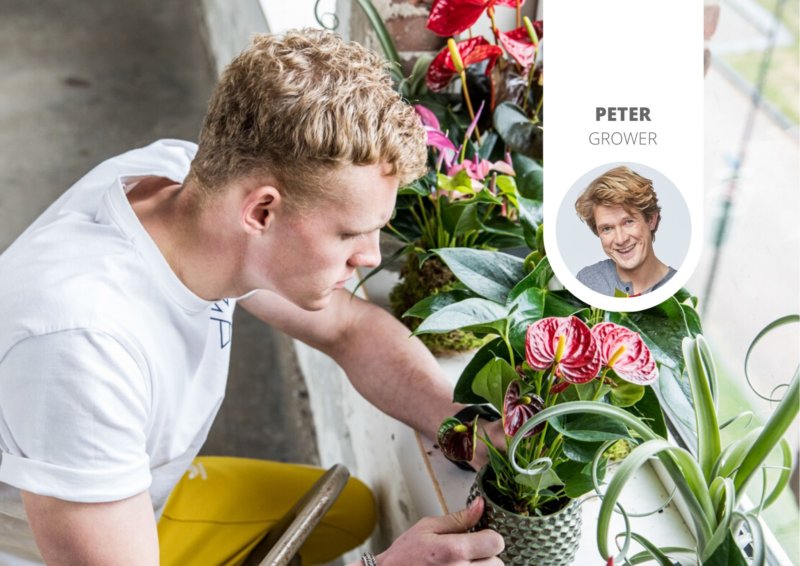5 fun facts about the Anthurium you probably didn’t know
The Anthurium, also known as the flamingo plant, is a stunning indoor plant and cut flower celebrated for its vibrant colours and unique shapes. But did you know there’s much more to discover about this exotic plant? In this article, we’ll share 5 fun facts about the Anthurium!
5 fun facts about the Anthurium you probably didn’t know
The Anthurium flower
You might assume that the striking-coloured leaves of an Anthurium are the flowers, but that’s not the case. The spadix is the actual flower! It’s the protruding spike with tiny bumps on it. The coloured bract’s purpose is to protect the flower.
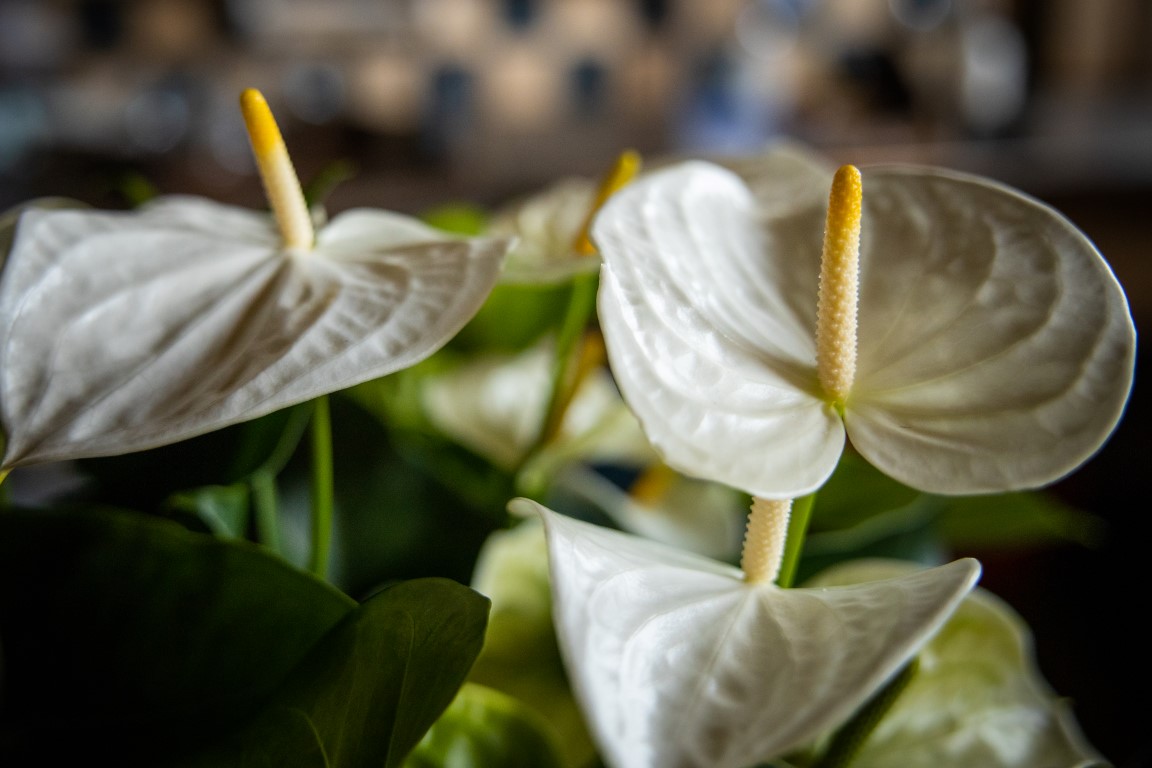
Anthuriums in the garden
While Anthuriums are commonly known as indoor plants, they can also thrive outdoors! Anthuriums can be placed outside during the summer when temperatures are tropical. Just make sure they’re not exposed to direct sunlight, as it may scorch the leaves. Additionally, be mindful of nighttime temperature drops. If it’s a chilly night, bringing your plant(s) indoors is best.
Also read: 3 easy garden makeover ideas to upgrade your garden
Not a perfect match with eucalyptus
Although eucalyptus provides a beautiful green complement to Anthurium flowers in a bouquet, you must be cautious about this combination. Eucalyptus can have a negative impact on Anthuriums. Therefore, always make sure you’re using fresh eucalyptus.
Be cautious with floral foam
If you’re planning a fun DIY project with Anthuriums, be careful with floral foam as it may not be suitable for the flowers. The foam can clog the stems, reducing the flowers’ longevity. That would be a shame! Instead, create the DIY arrangement for a specific event or evening and take the flowers out afterwards. Trim the stems, place the flowers in water and they will last longer!
A green Anthurium
Did you know that there is also a green Anthurium plant? The Clarinervium features remarkable leaves that immediately catch the eye. They are heart-shaped, dark in colour, velvety to the touch, and have a distinctive vein structure.
